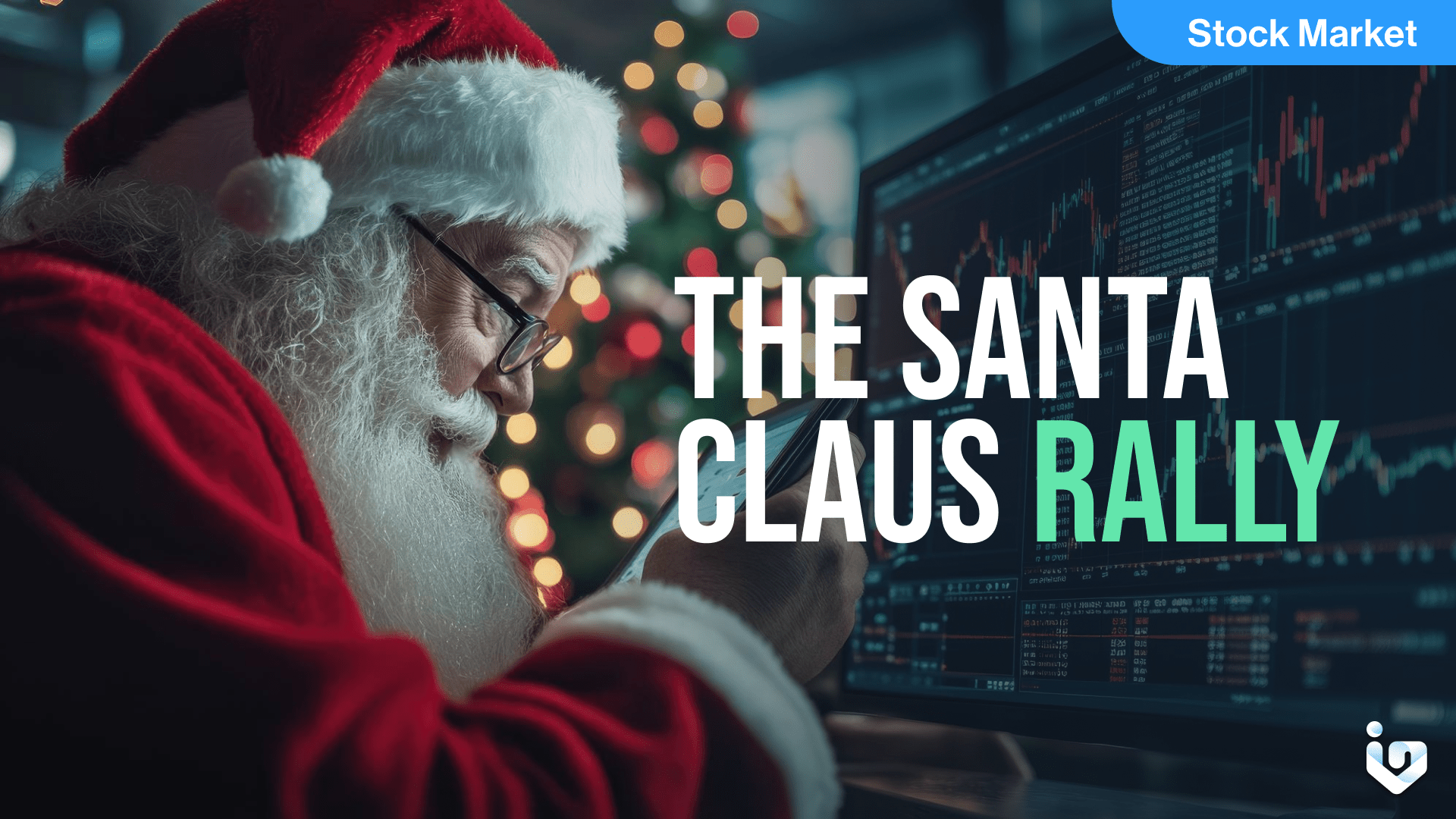The Santa Claus Rally is a phenomenon in the stock market. It refers to the tendency for stock prices to rise during the last week of December and the first two trading days of January. This period often sees a surge in investor optimism and market activity. But what drives this rally, and how reliable is it?
Historical Background
The term “Santa Claus Rally” was coined by Yale Hirsch in 1972. He observed that the stock market often performed well during this specific period. According to the Stock Trader’s Almanac, the S&P 500 has shown positive returns in this timeframe about 79.2% of the time from 1950 to 2022. This historical data has made the Santa Claus Rally a topic of interest for investors and analysts alike.
Possible Causes
Several theories attempt to explain the Santa Claus Rally. One popular theory is the general feeling of optimism and holiday cheer that permeates the market. Investors are often more willing to take risks during this time. Another theory is related to end-of-year tax considerations. Investors might sell off losing stocks to offset gains, then reinvest in the market, driving prices up.
Institutional Investors and Market Dynamics
Institutional investors also play a role in the Santa Claus Rally. Many institutional investors settle their books and go on vacation during this period. This leaves the market to retail investors, who tend to be more bullish. The absence of large institutional trades can lead to less volatility and a more stable upward trend.
The January Effect
The Santa Claus Rally is often linked to the January Effect. This is the tendency for stock prices to rise in January, particularly for small-cap stocks. Some investors buy stocks in late December in anticipation of this effect, contributing to the Santa Claus Rally. The January Effect can amplify the gains seen during the Santa Claus Rally.
Market Performance and Data
Historical data supports the existence of the Santa Claus Rally, but it is not a guaranteed outcome. For example, during the 2022-2023 Santa Claus Rally, the S&P 500 rose by 0.8%. However, there have been years where the market did not perform as expected. The range of returns during this period can vary significantly, from gains of 5.4% to losses of 10.7%.
Investor Sentiment
Investor sentiment plays a crucial role in the Santa Claus Rally. The holiday season often brings a sense of optimism and goodwill, which can translate into more aggressive investment strategies. This positive sentiment can drive stock prices higher, creating a self-fulfilling prophecy.
Economic Indicators
Economic indicators during this period can also influence the Santa Claus Rally. Strong retail sales, positive economic data, and favorable corporate earnings reports can boost investor confidence. Conversely, negative economic news can dampen the rally. Investors should keep an eye on these indicators to gauge the potential strength of the rally.
Risks and Considerations
While the Santa Claus Rally can offer opportunities for gains, it is not without risks. Market anomalies like this are not guaranteed and can be influenced by various factors. Investors should be cautious and not rely solely on historical trends. Diversifying investments and maintaining a balanced portfolio is always a prudent strategy.
Conclusion
The Santa Claus Rally is a fascinating phenomenon in the stock market. While historical data supports its existence, it is not a guaranteed event. Various factors, including investor sentiment, economic indicators, and market dynamics, can influence the rally. Investors should approach this period with a mix of optimism and caution, leveraging historical trends while staying mindful of the inherent risks.
